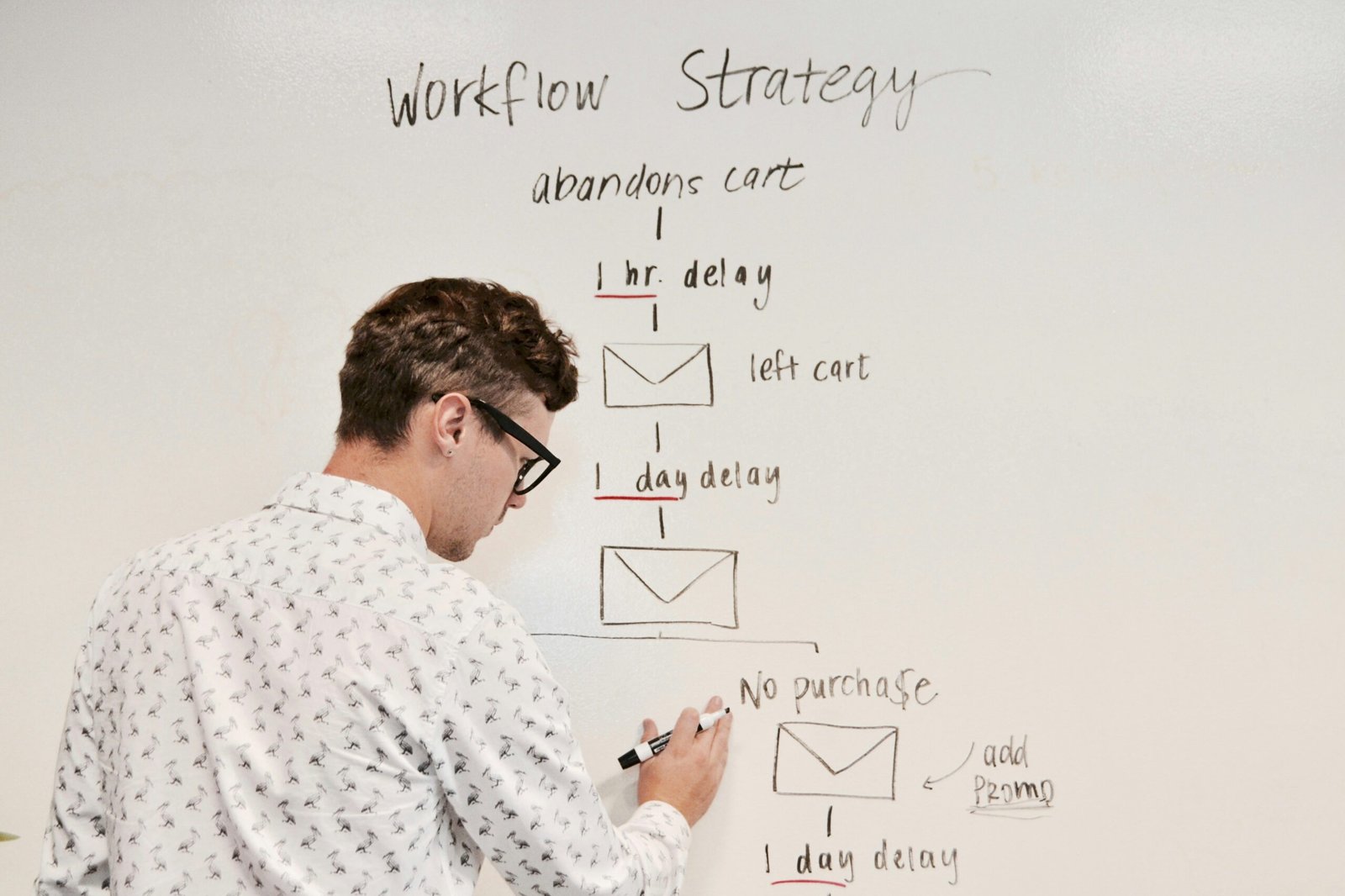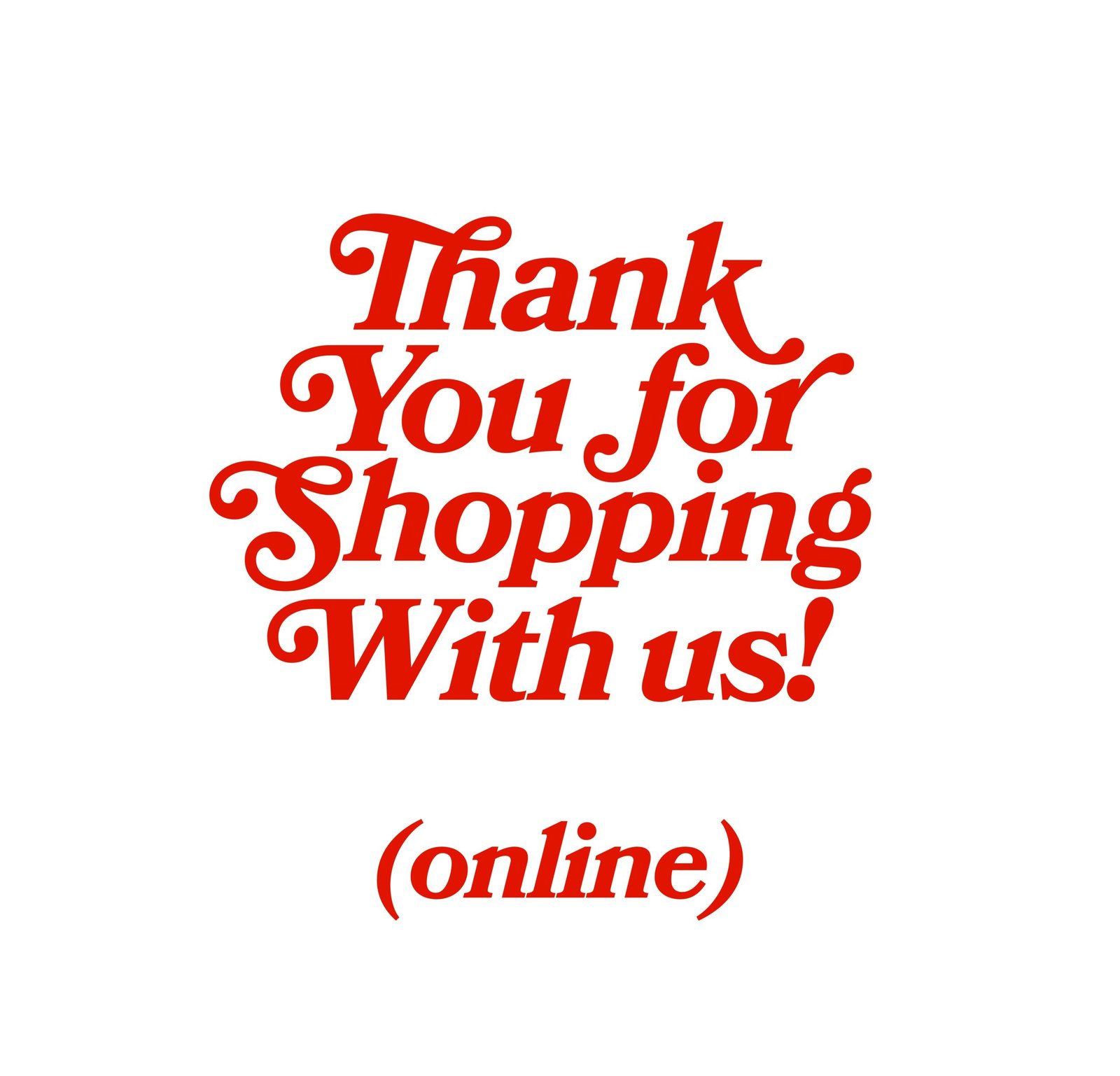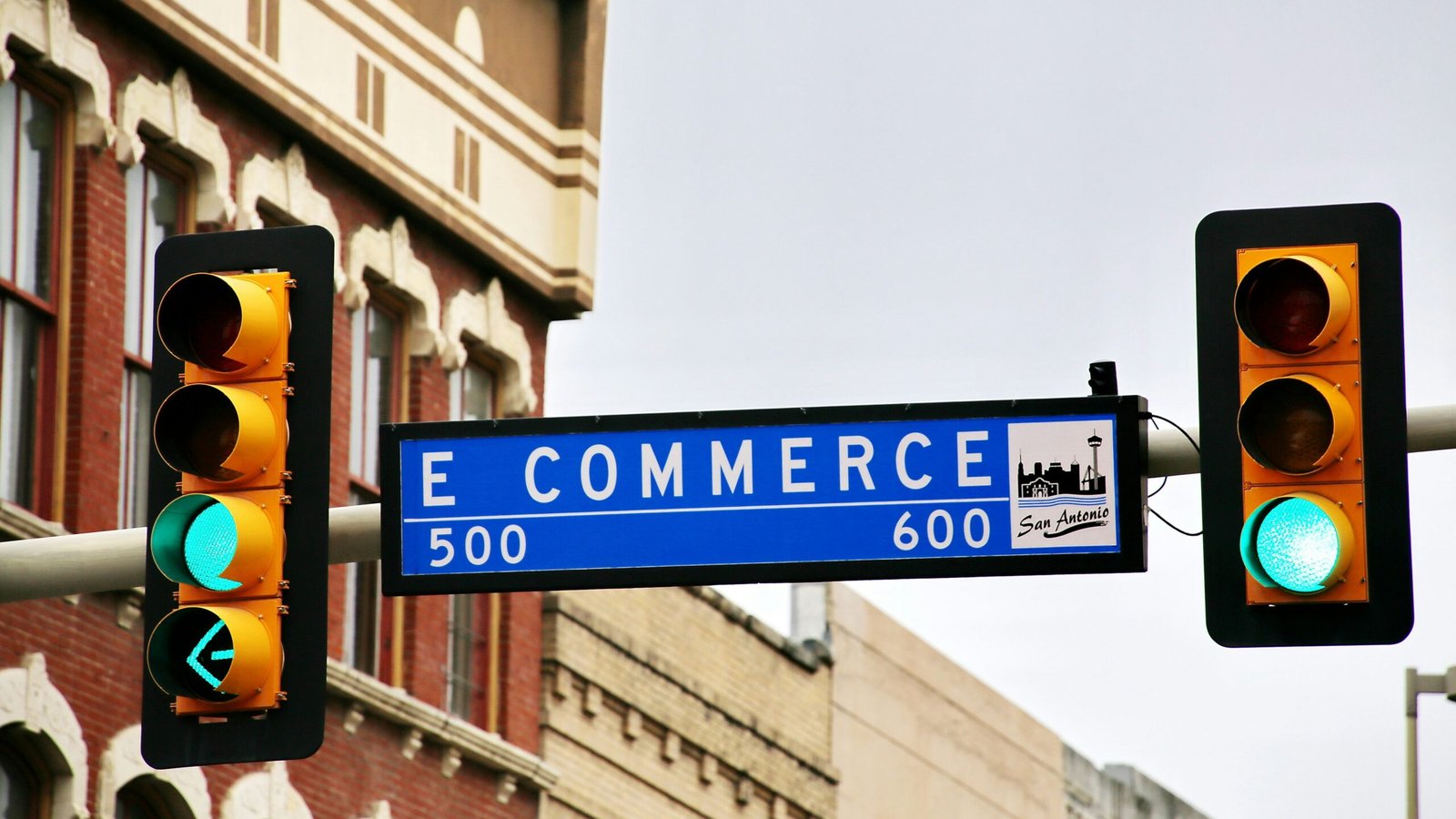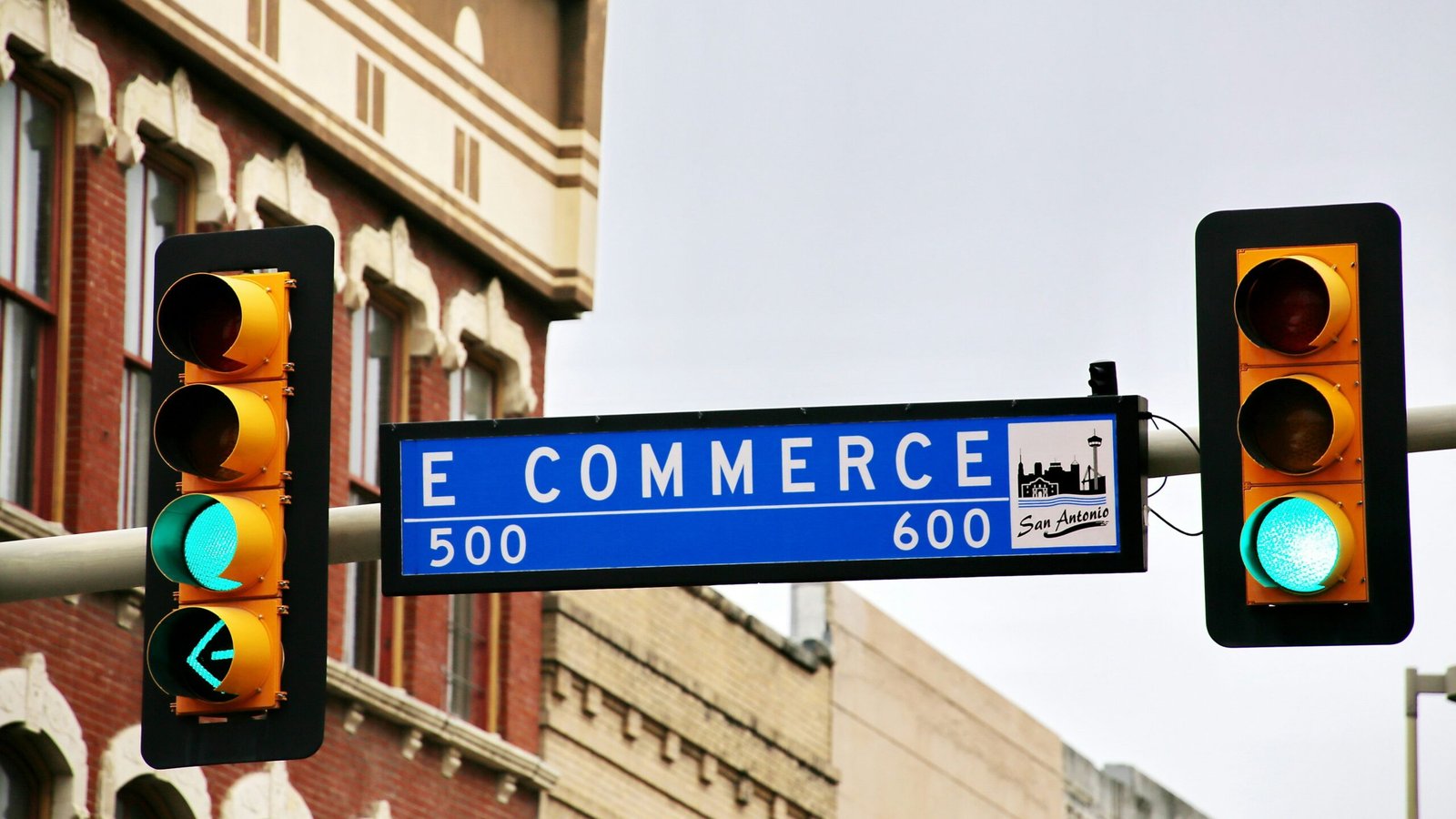Different Types of E-Commerce Emails and Their Purposes in the Customer Journey
In the world of e-commerce, email marketing plays a crucial role in engaging and nurturing customers throughout their buying journey. Different types of e-commerce emails serve different purposes, depending on where they are used in the customer journey. Understanding these types of emails and their respective purposes can help businesses effectively communicate with their customers and drive conversions. In this blog post, we will explore the various types of e-commerce emails and how they contribute to the customer journey.
Types of e-commerce emails that work well during Awareness Stage
During the awareness stage of the customer journey, the primary goal is to introduce potential customers to your brand, products, or services and establish your presence in their minds. E-commerce businesses can leverage various types of emails to effectively engage and educate their audience during this crucial phase. Here are some types of e-commerce emails that work well during the awareness stage:
1. Welcome Emails: Welcome emails are the first point of contact between your brand and a new subscriber or customer. These emails serve as an introduction to your brand, providing recipients with a warm greeting and a brief overview of what to expect. They set the tone for future interactions and help establish a positive first impression.
2. Educational Content Emails: Educational content emails are designed to provide valuable information to your audience, positioning your brand as a trusted resource in your industry. These emails can include blog posts, how-to guides, tutorials, infographics, or videos that address common pain points or interests relevant to your target audience. By offering helpful insights and tips, you can demonstrate your expertise and build credibility with potential customers.
3. Product Spotlight Emails: Product spotlight emails showcase specific products or product categories from your e-commerce store. These emails highlight the features, benefits, and unique selling points of each item, enticing recipients to learn more and explore your offerings further. Including visually appealing images and compelling descriptions can capture the attention of potential customers and drive interest in your products.
4. Brand Story Emails: Brand story emails provide recipients with an insight into the history, values, and mission of your e-commerce brand. These emails humanize your brand, allowing customers to connect on a more emotional level and understand the driving force behind your business. By sharing authentic stories and anecdotes, you can create a sense of trust and authenticity that resonates with potential customers.
5. Exclusive Offers and Promotions: During the awareness stage, offering exclusive deals, discounts, or promotions can help incentivize potential customers to engage with your brand. These emails create a sense of urgency and exclusivity, encouraging recipients to take action and explore your products or services further. Whether it’s a limited-time offer or a special discount for new subscribers, exclusive promotions can capture the attention of potential customers and drive them to your e-commerce store..
6. Social Proof Emails: Social proof emails leverage customer testimonials, reviews, or user-generated content to validate your brand and offerings. These emails showcase real-life experiences and feedback from satisfied customers, providing social validation and reassurance to potential buyers. By highlighting positive testimonials and endorsements, you can build trust and credibility with new audiences and instill confidence in your brand.
7. Curated Content Emails: Curated content emails feature a selection of relevant articles, blog posts, or resources curated from external sources or your own content library. These emails aim to provide valuable insights and information to your audience, positioning your brand as a knowledgeable authority in your niche. By curating high-quality content that aligns with the interests of your target audience, you can establish your brand as a go-to resource for industry-related information and foster engagement during the awareness stage.
types of e-commerce emails that work well during Consideration Stage:
During the awareness stage of the customer journey, the primary goal is to introduce potential customers to your brand, products, or services and establish your presence in their minds. E-commerce businesses can leverage various types of emails to effectively engage and educate their audience during this crucial phase. Here are some types of e-commerce emails that work well during the awareness stage:
1. Welcome Emails: Welcome emails are the first point of contact between your brand and a new subscriber or customer. These emails serve as an introduction to your brand, providing recipients with a warm greeting and a brief overview of what to expect. They set the tone for future interactions and help establish a positive first impression.
2. Educational Content Emails: Educational content emails are designed to provide valuable information to your audience, positioning your brand as a trusted resource in your industry. These emails can include blog posts, how-to guides, tutorials, infographics, or videos that address common pain points or interests relevant to your target audience. By offering helpful insights and tips, you can demonstrate your expertise and build credibility with potential customers.
3. Product Spotlight Emails: Product spotlight emails showcase specific products or product categories from your e-commerce store. These emails highlight the features, benefits, and unique selling points of each item, enticing recipients to learn more and explore your offerings further. Including visually appealing images and compelling descriptions can capture the attention of potential customers and drive interest in your products.
4. Brand Story Emails: Brand story emails provide recipients with an insight into the history, values, and mission of your e-commerce brand. These emails humanize your brand, allowing customers to connect on a more emotional level and understand the driving force behind your business. By sharing authentic stories and anecdotes, you can create a sense of trust and authenticity that resonates with potential customers.
5. Exclusive Offers and Promotions: During the awareness stage, offering exclusive deals, discounts, or promotions can help incentivize potential customers to engage with your brand. These emails create a sense of urgency and exclusivity, encouraging recipients to take action and explore your products or services further. Whether it’s a limited-time offer or a special discount for new subscribers, exclusive promotions can capture the attention of potential customers and drive them to your e-commerce store..
6. Social Proof Emails: Social proof emails leverage customer testimonials, reviews, or user-generated content to validate your brand and offerings. These emails showcase real-life experiences and feedback from satisfied customers, providing social validation and reassurance to potential buyers. By highlighting positive testimonials and endorsements, you can build trust and credibility with new audiences and instill confidence in your brand.
7. Curated Content Emails: Curated content emails feature a selection of relevant articles, blog posts, or resources curated from external sources or your own content library. These emails aim to provide valuable insights and information to your audience, positioning your brand as a knowledgeable authority in your niche. By curating high-quality content that aligns with the interests of your target audience, you can establish your brand as a go-to resource for industry-related information and foster engagement during the awareness stage.
types of e-commerce emails that work well during Decision Stage:
During the awareness stage of the customer journey, the primary goal is to introduce potential customers to your brand, products, or services and establish your presence in their minds. E-commerce businesses can leverage various types of emails to effectively engage and educate their audience during this crucial phase. Here are some types of e-commerce emails that work well during the awareness stage:
1. Welcome Emails: Welcome emails are the first point of contact between your brand and a new subscriber or customer. These emails serve as an introduction to your brand, providing recipients with a warm greeting and a brief overview of what to expect. They set the tone for future interactions and help establish a positive first impression.
2. Educational Content Emails: Educational content emails are designed to provide valuable information to your audience, positioning your brand as a trusted resource in your industry. These emails can include blog posts, how-to guides, tutorials, infographics, or videos that address common pain points or interests relevant to your target audience. By offering helpful insights and tips, you can demonstrate your expertise and build credibility with potential customers.
3. Product Spotlight Emails: Product spotlight emails showcase specific products or product categories from your e-commerce store. These emails highlight the features, benefits, and unique selling points of each item, enticing recipients to learn more and explore your offerings further. Including visually appealing images and compelling descriptions can capture the attention of potential customers and drive interest in your products.
4. Brand Story Emails: Brand story emails provide recipients with an insight into the history, values, and mission of your e-commerce brand. These emails humanize your brand, allowing customers to connect on a more emotional level and understand the driving force behind your business. By sharing authentic stories and anecdotes, you can create a sense of trust and authenticity that resonates with potential customers.
5. Exclusive Offers and Promotions: During the awareness stage, offering exclusive deals, discounts, or promotions can help incentivize potential customers to engage with your brand. These emails create a sense of urgency and exclusivity, encouraging recipients to take action and explore your products or services further. Whether it’s a limited-time offer or a special discount for new subscribers, exclusive promotions can capture the attention of potential customers and drive them to your e-commerce store..
6. Social Proof Emails: Social proof emails leverage customer testimonials, reviews, or user-generated content to validate your brand and offerings. These emails showcase real-life experiences and feedback from satisfied customers, providing social validation and reassurance to potential buyers. By highlighting positive testimonials and endorsements, you can build trust and credibility with new audiences and instill confidence in your brand.
7. Curated Content Emails: Curated content emails feature a selection of relevant articles, blog posts, or resources curated from external sources or your own content library. These emails aim to provide valuable insights and information to your audience, positioning your brand as a knowledgeable authority in your niche. By curating high-quality content that aligns with the interests of your target audience, you can establish your brand as a go-to resource for industry-related information and foster engagement during the awareness stage.
types of e-commerce emails that work well during Post-Purchase Stage:
During the awareness stage of the customer journey, the primary goal is to introduce potential customers to your brand, products, or services and establish your presence in their minds. E-commerce businesses can leverage various types of emails to effectively engage and educate their audience during this crucial phase. Here are some types of e-commerce emails that work well during the awareness stage:
1. Welcome Emails: Welcome emails are the first point of contact between your brand and a new subscriber or customer. These emails serve as an introduction to your brand, providing recipients with a warm greeting and a brief overview of what to expect. They set the tone for future interactions and help establish a positive first impression.
2. Educational Content Emails: Educational content emails are designed to provide valuable information to your audience, positioning your brand as a trusted resource in your industry. These emails can include blog posts, how-to guides, tutorials, infographics, or videos that address common pain points or interests relevant to your target audience. By offering helpful insights and tips, you can demonstrate your expertise and build credibility with potential customers.
3. Product Spotlight Emails: Product spotlight emails showcase specific products or product categories from your e-commerce store. These emails highlight the features, benefits, and unique selling points of each item, enticing recipients to learn more and explore your offerings further. Including visually appealing images and compelling descriptions can capture the attention of potential customers and drive interest in your products.
4. Brand Story Emails: Brand story emails provide recipients with an insight into the history, values, and mission of your e-commerce brand. These emails humanize your brand, allowing customers to connect on a more emotional level and understand the driving force behind your business. By sharing authentic stories and anecdotes, you can create a sense of trust and authenticity that resonates with potential customers.
5. Exclusive Offers and Promotions: During the awareness stage, offering exclusive deals, discounts, or promotions can help incentivize potential customers to engage with your brand. These emails create a sense of urgency and exclusivity, encouraging recipients to take action and explore your products or services further. Whether it’s a limited-time offer or a special discount for new subscribers, exclusive promotions can capture the attention of potential customers and drive them to your e-commerce store..
6. Social Proof Emails: Social proof emails leverage customer testimonials, reviews, or user-generated content to validate your brand and offerings. These emails showcase real-life experiences and feedback from satisfied customers, providing social validation and reassurance to potential buyers. By highlighting positive testimonials and endorsements, you can build trust and credibility with new audiences and instill confidence in your brand.
7. Curated Content Emails: Curated content emails feature a selection of relevant articles, blog posts, or resources curated from external sources or your own content library. These emails aim to provide valuable insights and information to your audience, positioning your brand as a knowledgeable authority in your niche. By curating high-quality content that aligns with the interests of your target audience, you can establish your brand as a go-to resource for industry-related information and foster engagement during the awareness stage.
Welcome Emails
Welcome emails are the first point of contact between a business and its new subscribers or customers. These emails are sent immediately after someone signs up for a newsletter, creates an account, or makes a purchase. The purpose of welcome emails is to thank the customer for their interest or purchase, set expectations, and provide relevant information about the brand or product. Including a special offer or discount in the welcome email can also incentivize the customer to make a future purchase.
Abandoned Cart Emails
Abandoned cart emails are sent to customers who have added items to their shopping cart but have not completed the purchase. These emails aim to remind customers about the products they left behind and encourage them to complete the transaction. Including product images, descriptions, and a clear call-to-action can help re-engage customers and reduce cart abandonment rates. Offering personalized discounts or free shipping can also be effective in motivating customers to finalize their purchase.
Order Confirmation Emails
Order confirmation emails are sent to customers immediately after they have completed a purchase. These emails serve as a receipt and provide important details such as order number, shipping address, and payment information. Order confirmation emails also reassure customers that their purchase was successful and provide an opportunity to upsell or cross-sell related products. Including relevant product recommendations or offering exclusive discounts for future purchases can help increase customer loyalty and drive repeat business.
Shipping and Delivery Updates
Shipping and delivery update emails are sent to customers to keep them informed about the status of their order. These emails provide tracking information, estimated delivery dates, and any relevant updates regarding the shipment. Keeping customers informed about the progress of their order not only enhances their overall experience but also helps manage expectations. Including a link to track the package and offering proactive customer support options can further improve customer satisfaction.
Review and Feedback Requests
Review and feedback request emails are sent to customers after they have received their order. These emails encourage customers to share their experience, provide feedback, and leave reviews. Positive reviews and testimonials can help build trust and credibility, while constructive feedback can provide valuable insights for improving products or services. Offering incentives such as discounts or loyalty points for leaving reviews can increase customer participation and generate valuable user-generated content.
Re-Engagement Emails
Re-engagement emails are sent to customers who have become inactive or have not made a purchase for a certain period. These emails aim to rekindle customers’ interest and encourage them to re-engage with the brand. Offering exclusive discounts, personalized recommendations, or inviting them to join a loyalty program can help reignite their interest and drive repeat purchases. Including a clear call-to-action and creating a sense of urgency can also be effective in motivating customers to take action.
Special Offers and Promotions
Special offer and promotion emails are sent to customers to inform them about exclusive deals, seasonal sales, or limited-time offers. These emails create a sense of urgency and excitement, encouraging customers to take advantage of the special offer. Including eye-catching visuals, clear messaging, and a prominent call-to-action can help drive conversions. Personalizing these emails based on the customer’s purchase history or preferences can also enhance their relevance and effectiveness.
Post-Purchase Follow-up
Post-purchase follow-up emails are sent to customers after they have received their order. These emails aim to ensure customer satisfaction, address any concerns or issues, and provide support if needed. Including a survey or feedback form can help gather valuable insights and identify areas for improvement. Offering personalized product recommendations or inviting customers to join a loyalty program can also help foster long-term customer relationships and drive future purchases.
In conclusion, e-commerce emails serve various purposes throughout the customer journey. From welcoming new subscribers to nurturing existing customers, each type of email plays a vital role in engaging, informing, and converting customers. By understanding the purpose and best practices of each type, businesses can leverage email marketing to enhance the customer experience, drive conversions, and build long-term relationships.







